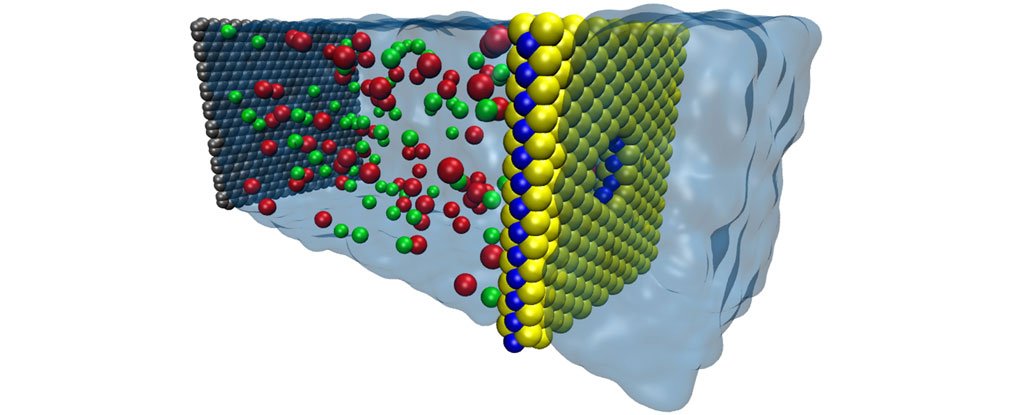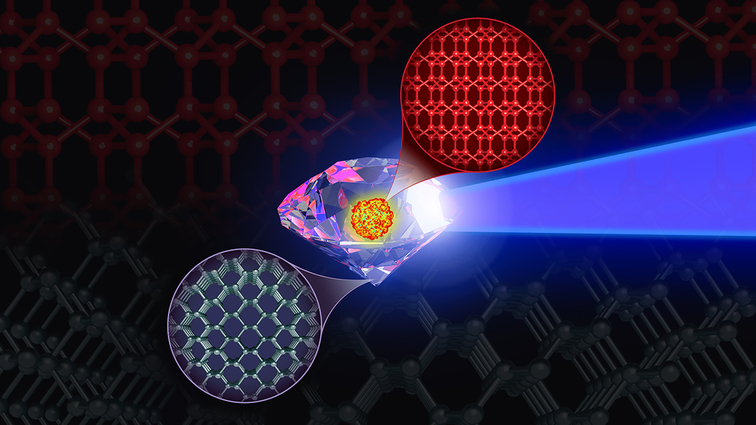About 70% of the earth’s surface is covered with water, but very little that is drinkable since 97% of it is saltwater.
But now, researchers at the University of Illinois are working to come up with a cost-effective and energy-efficient way of removing salt from seawater. This could help people get access to clean drinking water and help resolve calamities like drought.
The researchers have developed ‘nanometre,’ which blocks salt and other contaminants when a high volume of water is passed through the material. The nanometre is a thick sheet of molybdenum disulfide (MoS2), which has extremely tiny ‘nanopore’ holes. These holes can filter up to 70% more water than graphene.
Standard desalination methods rely on reverse osmosis (RO) membranes to filter contaminants. But this process has many drawbacks. It requires pressure to force water through the membrane filter and in the process the RO filter can waste up to 90% of the water passed through it. Also, it is more prone to clogging, which increases its operational costs.
In comparison, the MoS2 membrane allows a higher volume of water to pass through under much less pressure without clogging the pores.







